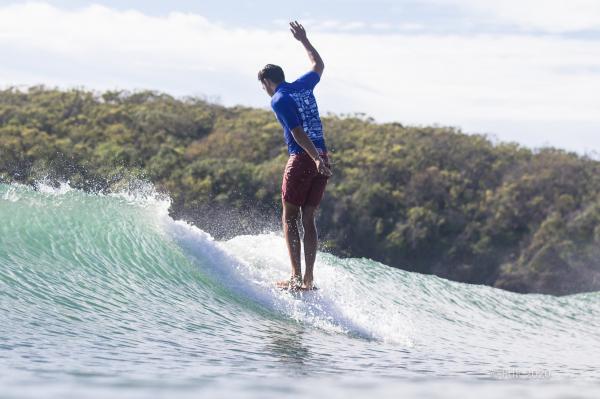Following Premier Annastacia Palaszczuk’s surprise announcement just over a year ago that her government would draft legislation to protect Queensland’s two World Surfing Reserves in Noosa and on the Gold Coast, a “snapshot” of the results of community consultation was finally made public last week.
During the eight-week consultation period last spring, 86 responses were received, including 72 online survey responses and 14 written submissions. Of these 43 percent provided feedback on the Noosa World Surfing Reserve, which was dedicated as the 10th World Surfing Reserve in February 2020.
The snapshot report noted: “Overwhelmingly, consultation revealed a desire to protect Queensland’s World Surfing Reserves from environmental damage, future development and increased population, as well as preserve the cultural values of both First Nations peoples and surfing heritage. Although there were varying opinions on the best way to do this, results largely indicate a strong desire to protect these areas through government legislation.”
Key themes emerging from the consultation were preserving the quality of the waves, the environmental and natural characteristics, and the First Nations and surfing culture of the reserves.
Perhaps unsurprisingly, Gold Coast respondents “stressed the importance of maintaining and enhancing vegetation and trees on the foreshore, and expressed concern about the human impact to wildlife and local ecosystems”, while Noosa respondents “noted the human impact on the environment; raising concerns about the impact of tourism, events, parties, thrill boat operators and jet skis, and expressed a desire to see this impact limited”.
The Gold Coast World Surfing Reserve stretches from Burleigh Heads south to the NSW border, taking in all the region’s world class point breaks. Since its dedication in 2015, the reserve’s stewardship council has often found itself at loggerheads with the Gold Coast City Council, which likes to term the World Surfing Reserve status as “ceremonial” only, while it leaves its options open for coastal development.
Noosa’s much smaller reserve, which takes in five point breaks and four beach breaks between North Sunshine Beach and the Noosa River mouth, has by contrast enjoyed a close working relationship with Noosa Council and Tourism Noosa as its stewardship council strives to create a safer, happier and more sustainable surfing environment in a crowded surf zone. The NWSR is currently working with Council during a series of roundtable meetings on self-managing surf safety issues.
The consultation found that the majority of respondents for Noosa were satisfied with the existing management of the Noosa World Surfing Reserve. Responses were mixed when asked to consider the establishment of a state-wide oversight mechanism. Although many responders agreed with the idea, some believed this mechanism should not replace local stewardship committees or restrict existing local government powers.
The release of legislative options is expected to follow later this year after further stakeholder meetings.







